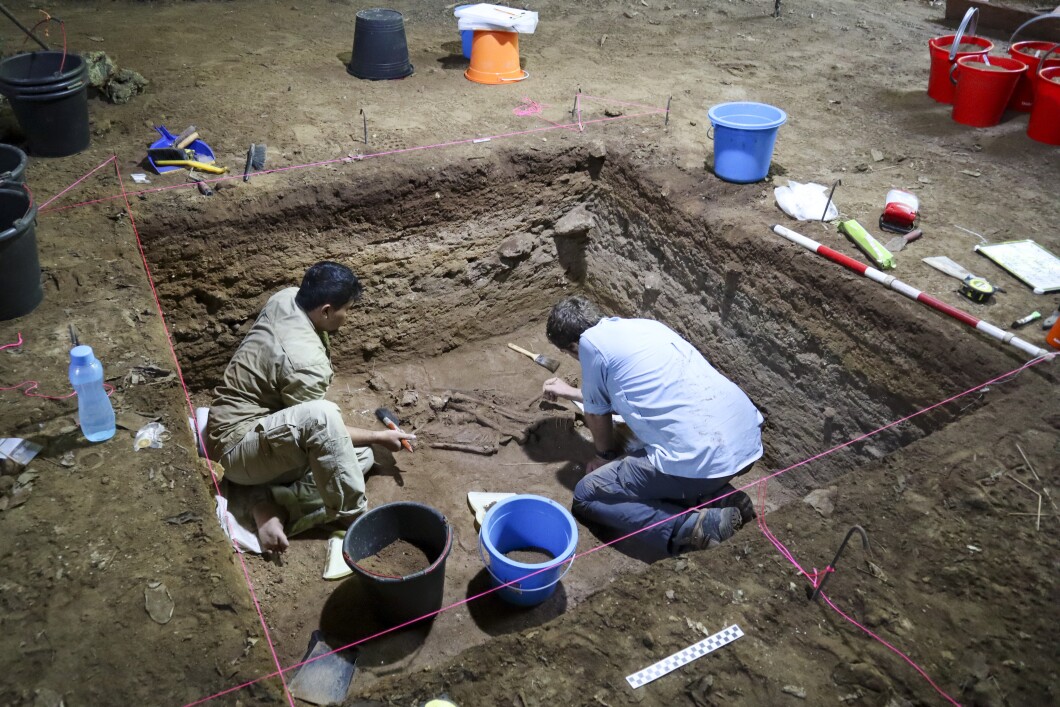
A skeleton that dates back 31,000 years in Indonesia showed the earliest evidence of amputation, and gives modern day scholars a look at medieval medical treatments, according to a new study.
The study, published Wednesday, claimed the amputation occurred when the person was a child, however the person died as a young adult. It is also likely that the tribe or community that the person belonged to had to help take care of the amputee, because it would be difficult to navigate the native terrain of Borneo with one leg, according to the lead researcher Tim Maloney, an archaeologist at Griffith University in Australia.
BROKEN JEWISH TOMBSTONES FROM PRAGUE TRANSFORMED INTO MEMORIAL
“This finding very much changes the known history of medical intervention and knowledge of humanity,” Maloney said, according to the Guardian.
Initially, the archaeologists believed the foot and part of the leg could have been buried somewhere else. However, after a closer look at the remains, it was clear the cut was intentional, according to the study.

The remaining leg bone showed a clean, slanted cut that healed over, Maloney said, but there were no signs of an infection or that the amputation was accidental after a break. The scientists instead determined that the leg could have been bitten by an animal such as a crocodile, forcing the amputation. It is unclear what tool was used to amputate the foot, but experts believe it was a sharp stone tool.
“[The hunter] survived not just as a child, but as an adult amputee in this rainforest environment,” Maloney said. “Importantly, not only does [the stump] lack infection, but it also lacks distinctive crushing.”
The amputation additionally showed that the tribe knew enough about medicine to perform surgery without fatal blood loss or infection, according to the study. Prior to the Indonesia amputation, the earliest known amputation occurred 7,000 years in France.
“It implies that early people … had mastered complex surgical procedures allowing this person to survive after the removal of a foot and leg,” Maloney said, according to the outlet.
CLICK HERE TO READ MORE FROM THE WASHINGTON EXAMINER
The expedition and excavation took 11 days and was conducted in a joint project by Australian and Indonesian archaeologists. It is believed that the child lived 6-9 years after the amputation and died of unknown causes.





